Examples of gigapixel photographyExamples by Paul BourkeAugust 2012
Gigapixel photography is achieved by taking multiple photographs of a scene, normally arranged in a grid, and stitching them together to form a large composite image. This arises from the observation that camera sensor sizes and lens optics are no longer increasing at a fast rate. In most cases the camera and lens are mounted on a motorised rig, the top left and bottom right of the desired image along with the field of view of the lens are programmed into the unit and the subsequent image capture is entirely automated. The following examples are captured with a Canon 5D MkII and the Sigma 500mm lens. The main issues in this sort of photography is the depth of field of the lens, at least in bright sun light a narrow aperture can be used. The first image is a single row while the second example is four rows. 
The originals obviously can't be shown here, at least at this stage the average web browser is not able to display such high resolution images. Indeed even many commercial packages are unable to display images above 32000 pixels, and even most image file formats are unable to support images with more than 32000 pixels on a side. 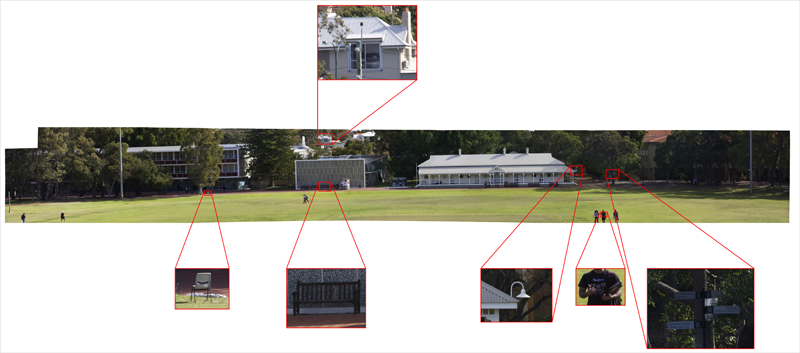
An application of gigapixel photography is archaeology, capturing a detailed photographic record of a site that may be hard to access or have limited access due to heritage and preservation considerations. The following examples are from a Aboriginal rock art site recording exercise. These are captured with a modest 105mm zoom lens, so the resolution is only 300 and 500 MPixels respectively. 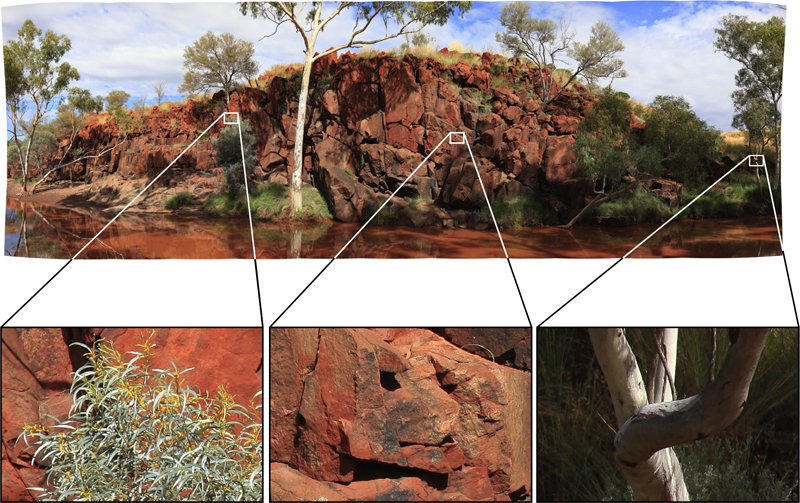
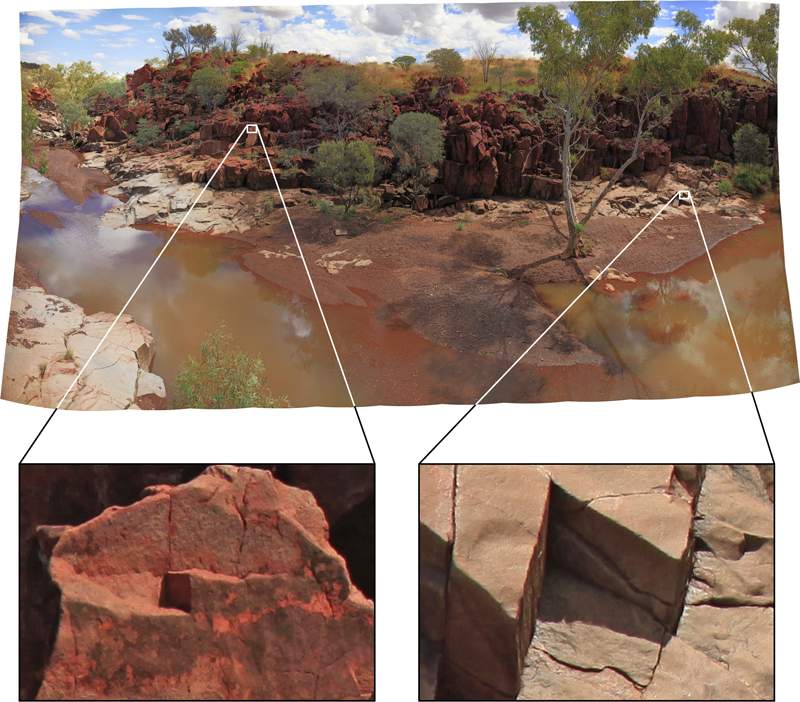
Seitz motorised rig
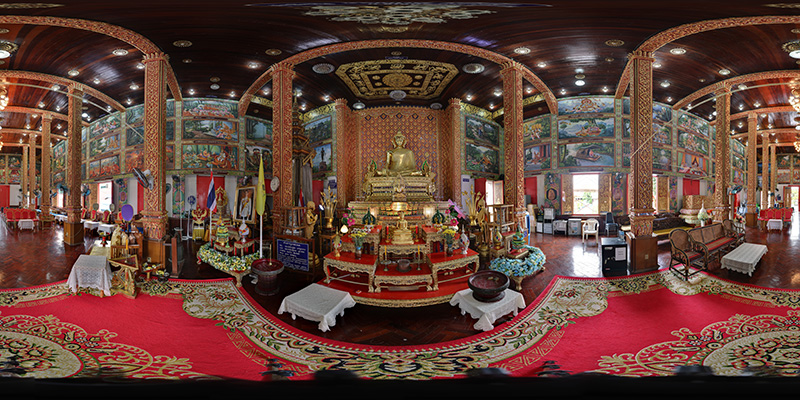 Original: 40,000 x 20,000 pixels, 28mm lens, Canon 5D Mk IV
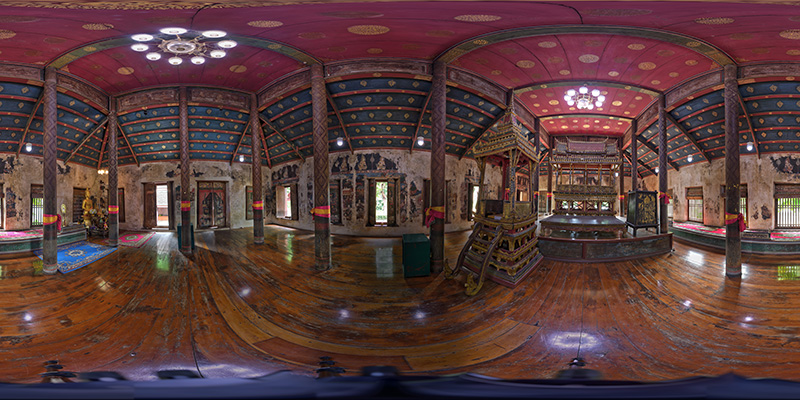
|